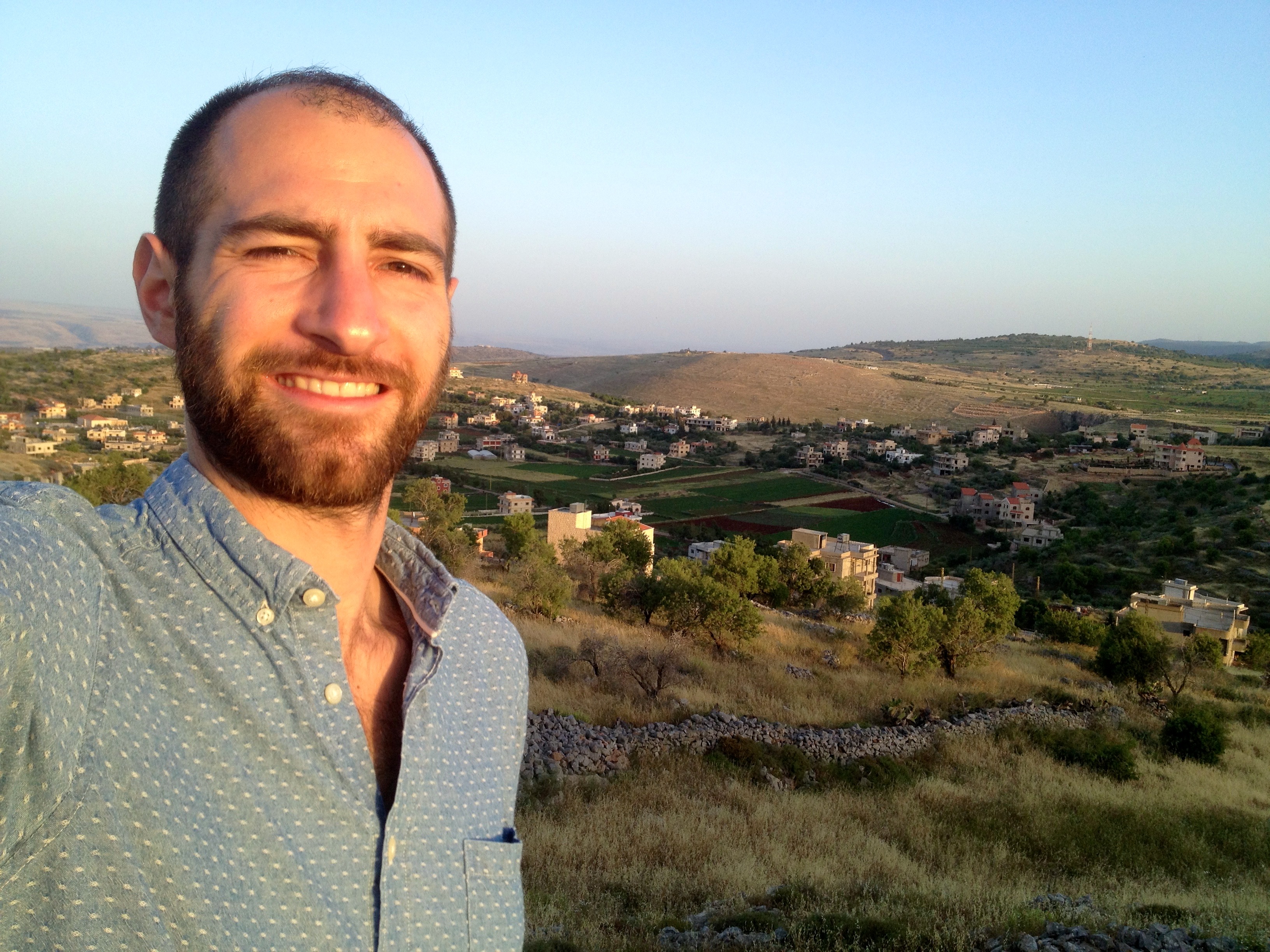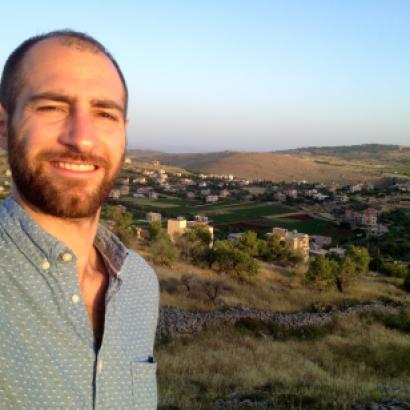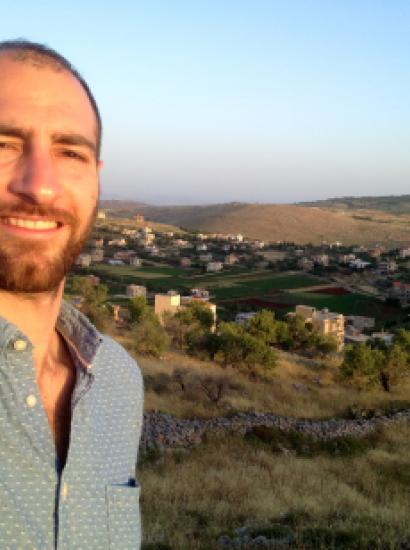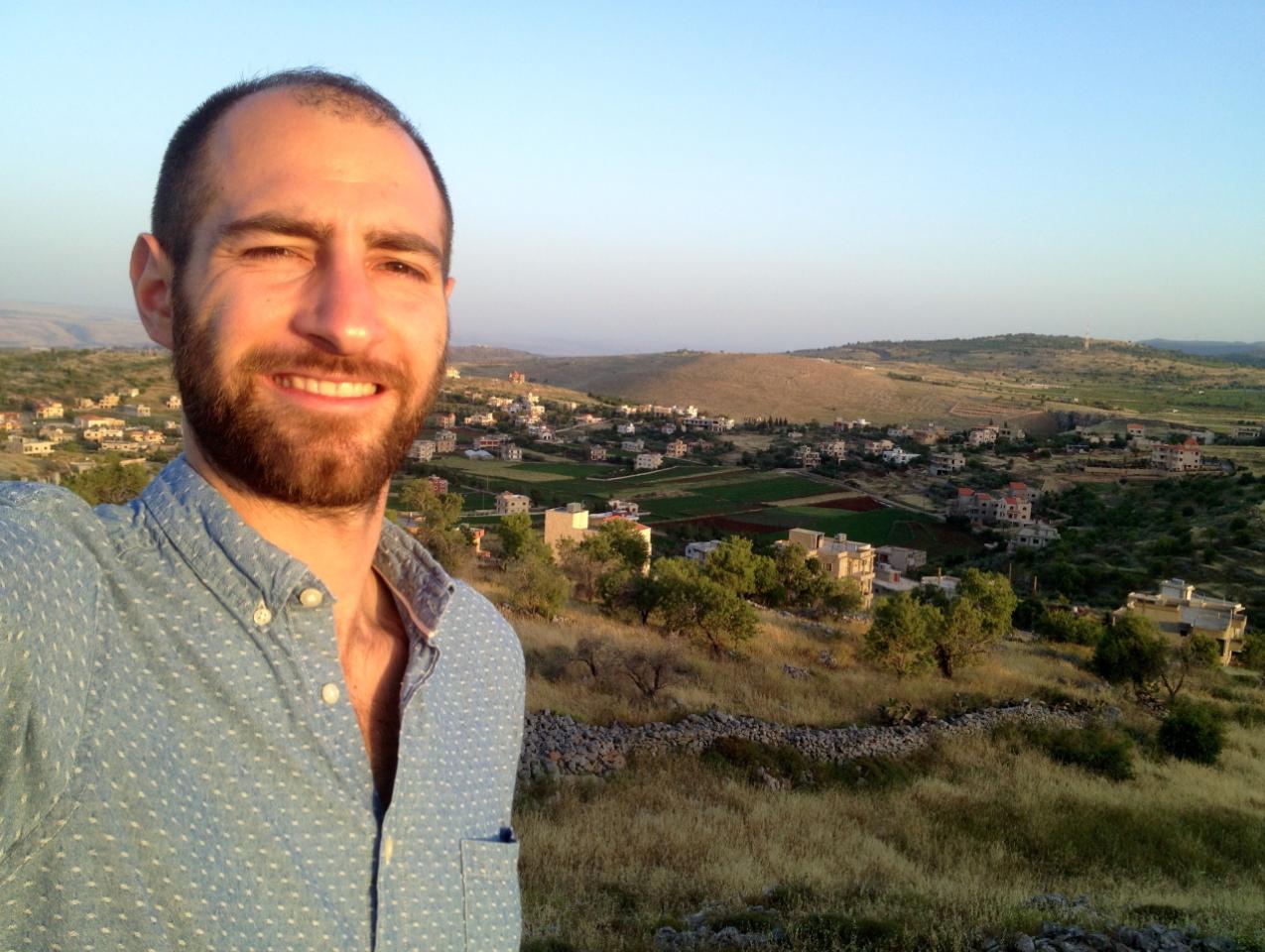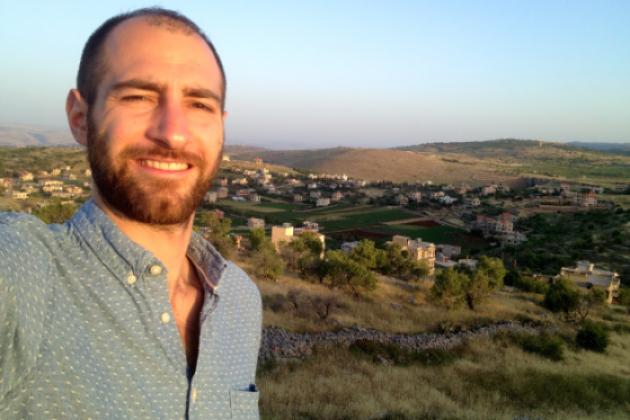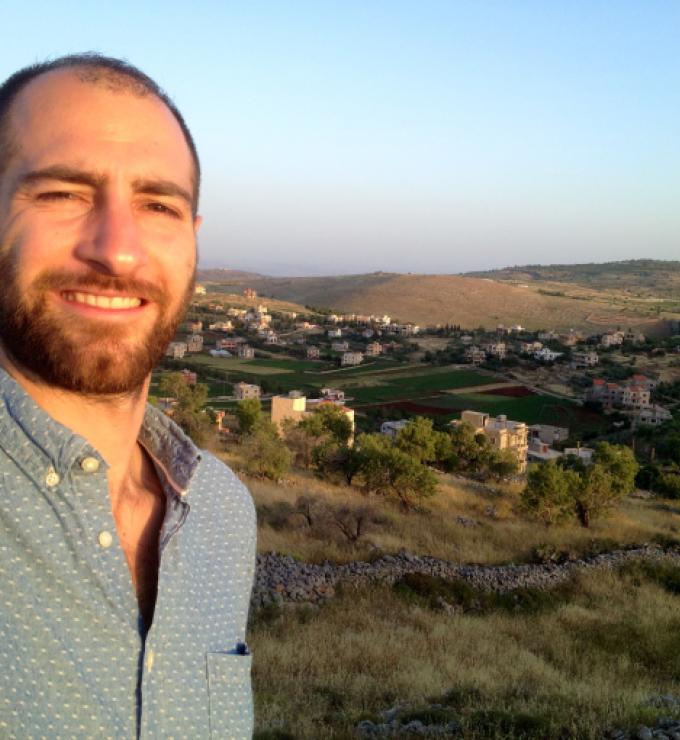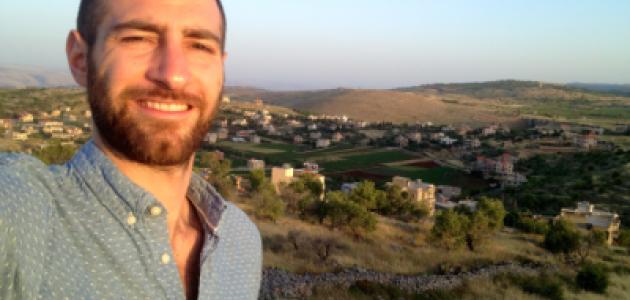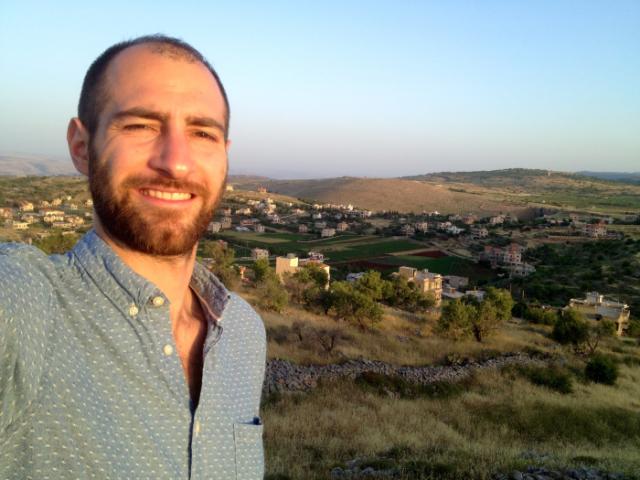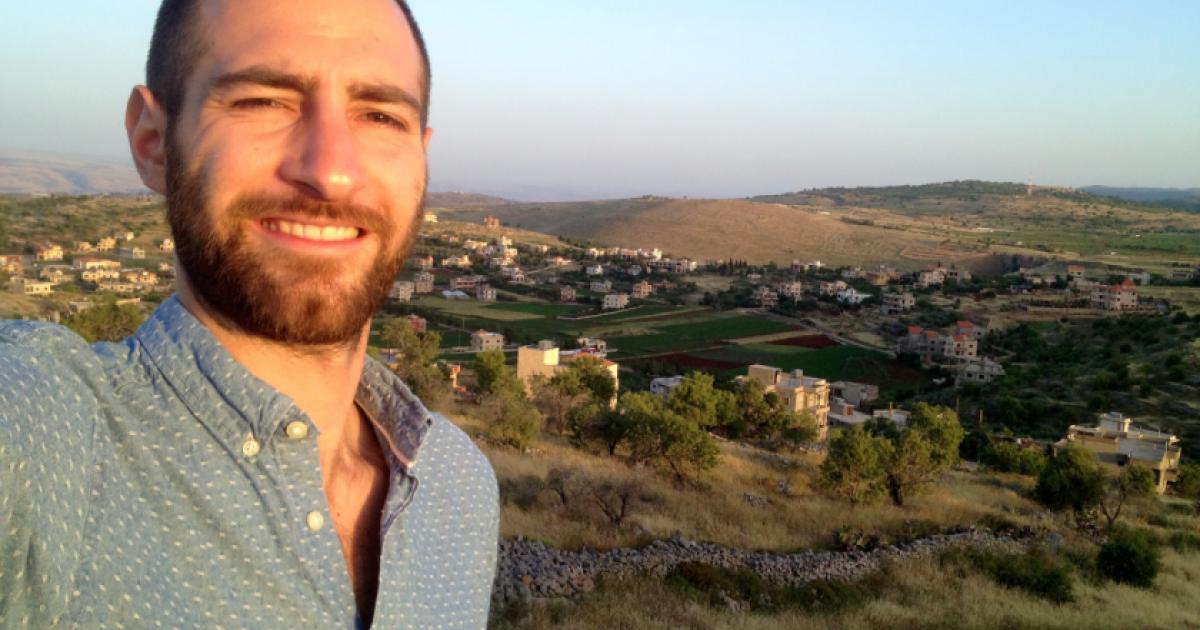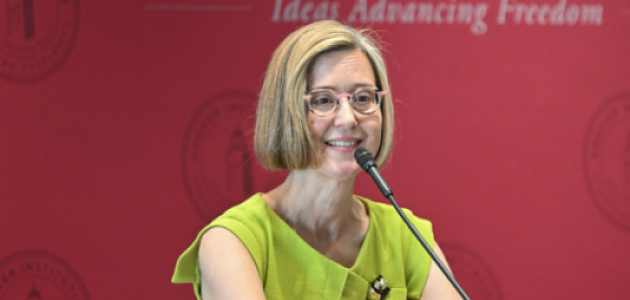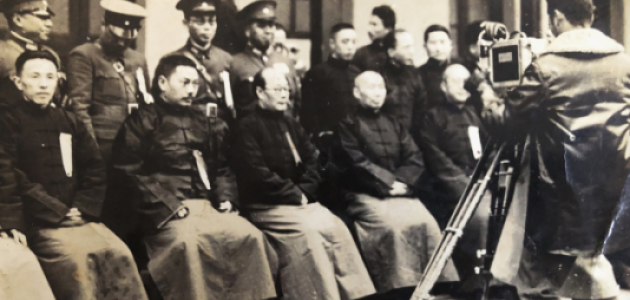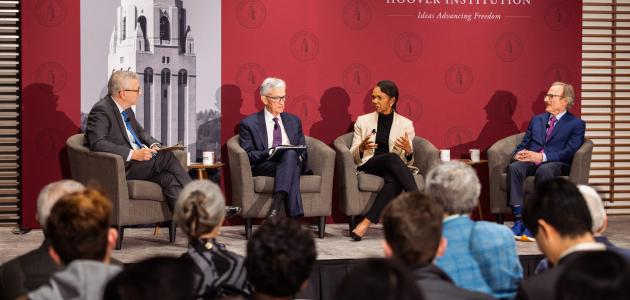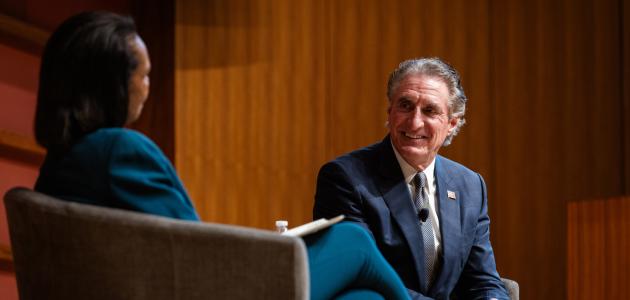By Nate George
In October 1983, Resistance International, a global network of dedicated anticommunists led by dissident Soviet émigrés, held a conference in Paris on the future of the Third World. Gathering representatives from Cuba, Nicaragua, Angola, Mozambique, Vietnam, Afghanistan, Lebanon, and many other states, the meeting was a veritable counterrevolutionary international. Each of the conference’s three days was devoted to a different world region: Africa, Asia, and Latin America—an echo of the same geographical organization adopted by the famous 1968 “Tricontinental” conference in Havana. Representing Lebanon was Fouad Malek, an officer in the Lebanese army who transferred to the Forces de la Résistance Libanaise, a predominantly Maronite Christian party-militia that sought to preserve and extend conservative Maronite political hegemony in Lebanon, at the expense of their reformist, leftist, and Arab nationalist adversaries. Likely to Malek’s consternation, Lebanon was placed in the “Africa” category of the conference.
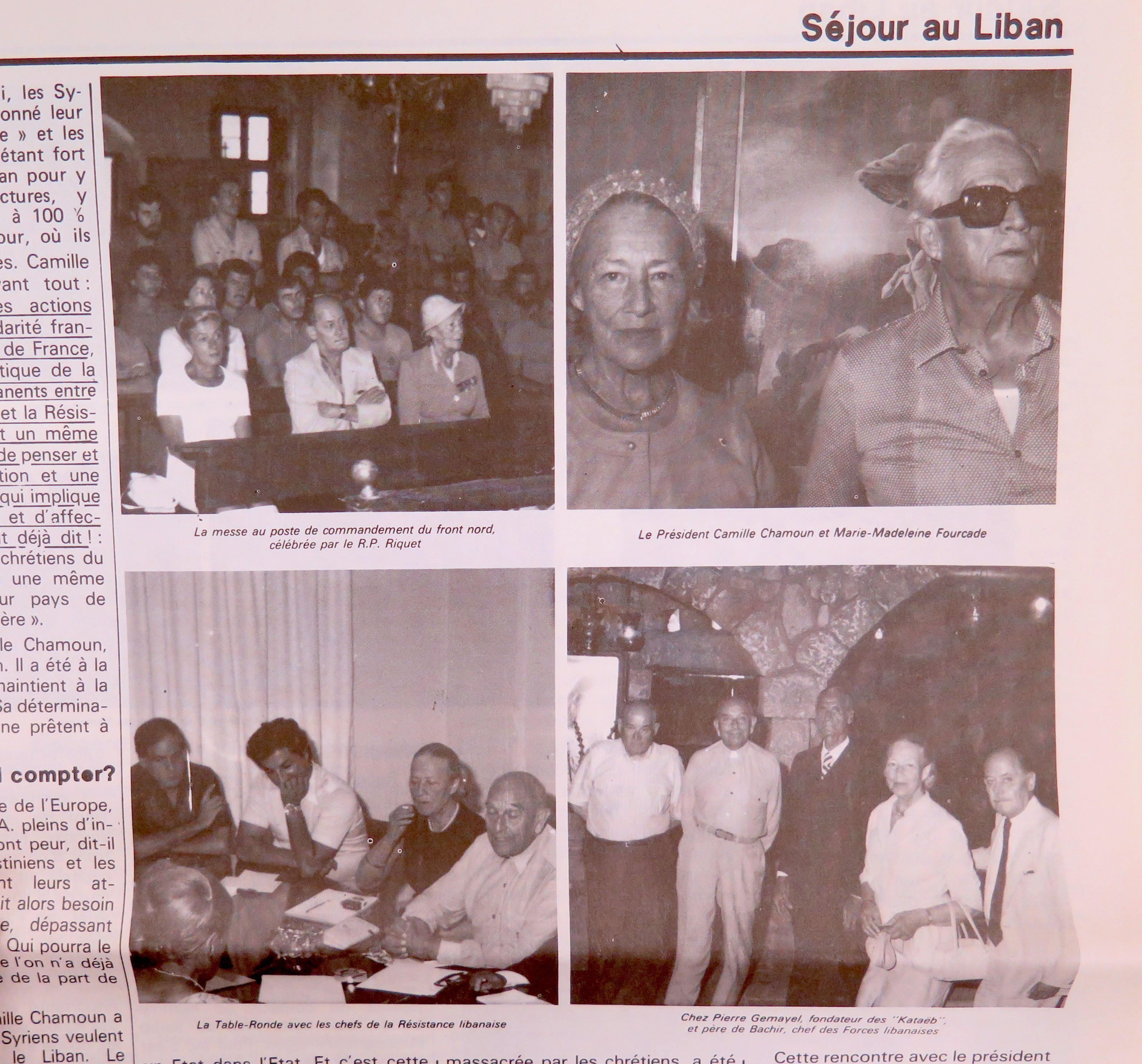
Like many other movements of the Cold War-period, the Lebanese Forces (LF) fought on a global stage. They took part in such conferences to promote their cause of “Free Lebanon” as an asset for the US, Israel, France, and the “Free World.” The LF gained international supporters such as the Comité d’Action de la Résistance (CAR) in France, an organization of former members of the French resistance. CAR sent a delegation to Lebanon in August 1980, including their longtime president and resistance fighter Marie-Madeleine Fourcade. Following the trip, CAR devoted their October 1980 issue of their newsletter, La Voix de la Résistance, to promoting the aims of the Lebanese Forces, insisting the LF’s struggle was parallel to their own during the Second World War. Endorsing the LF’s rhetoric, the paper described the presence of the exiled Palestinians in Lebanon as “a skillfully maintained abscess.” Two years later, the Lebanese Forces were able to mobilize their international connections to install their leader, Bashir Gemayel, as the president of Lebanon during the Israeli invasion of 1982. When Gemayel was assassinated by one of his many Lebanese enemies before he could take office, his lieutenants—with Israeli assistance—took revenge on hundreds of civilians, mostly Palestinian and Lebanese, in the notorious massacres at Sabra and Shatila. Prior to Gemayel’s election, the Reagan administration had “guaranteed” the safety of these civilians following the exit of the Palestine Liberation Organization and its armed forces from the country. For the LF and Israel, their ally’s promise was of little concern: the “abscess” had to be removed. The global revulsion at the horror of this massacre prompted the return of US troops to Lebanon, to back the government of Amin Gemayel, who succeeded his brother as president. By 1984, the US Marines were forced out, their political failure culminated with a number of devastating losses. The basic internal divisions and international alignments remained, and the war in Lebanon continued for six more years.
A number of collections at the Hoover Institution Archives exemplify the transnational connections that made the various conflicts constituting the Cold War—and the Lebanese war among them—a truly global struggle. The Silas Palmer Fellowship enabled me to spend two and a half weeks in the Hoover archives, greatly enriching my research. The above examples are based on materials I found in the collection of Monique Garnier-Lançon, a deputy mayor of Paris and an active anticommunist who championed a variety of right-wing political movements around the world. Materials from the Garnier-Lançon papers help to illustrate how and why the Lebanese Forces were able to build a formidable international coalition supporting them against their rivals, while placing them within a global network of counterrevolutionary allies connecting the Middle East to Europe, Southern Africa, and Central America.
My dissertation views Lebanon as an important setting for competing networks of revolution, counterrevolution, and empire on local, regional, and global scales in the second half of the twentieth century. My work thus questions prevalent views of Lebanon and the Arab Middle East as being exceptional sites of sectarian conflict, state failure, or cultural incompatibility with democracy. Instead I situate the country and region as one particular battleground in a deeply interconnected international civil war. In doing so, I demonstrate how the Lebanese war is paradigmatic of what some of its participants termed the “Third World War” that raged across the formerly colonized world in the wake of the Second World War, and is therefore a model, both historically and historiographically, for reconceptualizing the global history of the Cold War.
On the other side of the spectrum, I also found at Hoover requests for aid by the Lebanese Communist Party, Progressive Socialist Party, and various factions of the PLO in the Archives of the Soviet Communist Party and Soviet State Microfilm Collection. Other useful collections I worked in included the papers of Wilbur Crane Eveland, a former CIA agent and oil consultant active in Lebanon, who became a vocal critic of the counterproductive results of US policy and covert operations in the region; John K. Cooley, an American journalist who covered the Middle East extensively; and William J. Casey, former Director of Central Intelligence. I was also able to dip my toes in the vast collections of the Iraqi Baʿth Party Regional Command, which will be an interesting collection to pursue in future research.
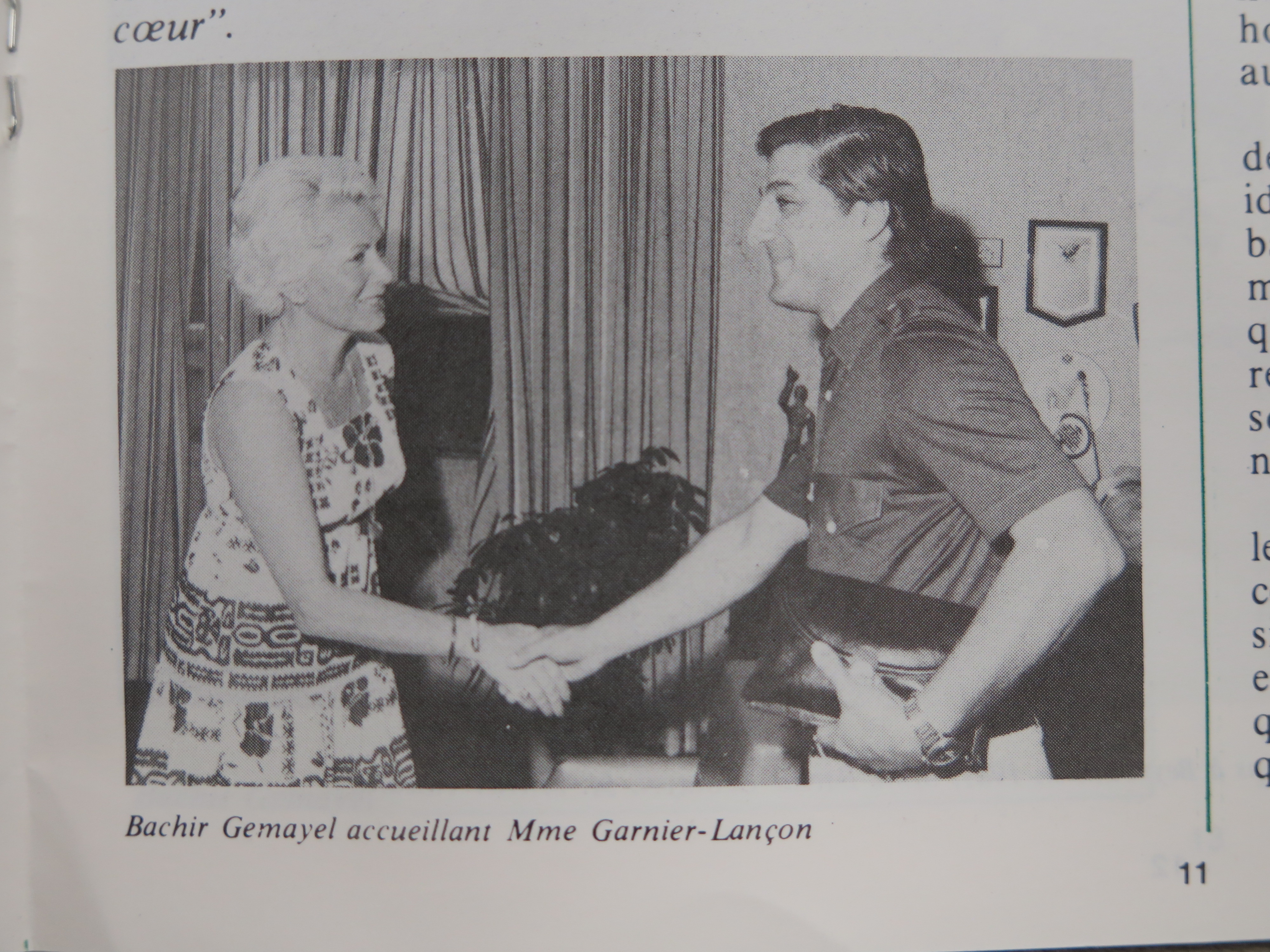
One unexpected and revelatory find was the Marcia Stone papers. Between 1982 and 1985, Stone was an American nurse who volunteered to serve in a private hospital in Nabatiyya, a southern Lebanese provincial town then under Israeli occupation. Later, Stone was affiliated with the International Rescue Committee (IRC) and the Intermediate Health Care Unit (IHCU). Stone kept a diary of her time in Lebanon, which her sister mailed out to a small coterie of supporters to better inform them of what was happening in the area. Her documentation is a harrowing record of the difficulties of everyday life in Israeli-occupied Lebanon, and is a testament to the perseverance of the many civilians whose lives were shaped by the war.
In addition to the archives, the Hoover Library also held a number of useful pamphlets produced during the war by various Lebanese parties and groups, Palestinian organizations, the Israeli government, as well as European and Arab-American activist groups.
This summary only reflects a portion of the many interesting collections I was able to tap during my time at Hoover. I would like to thank the energetic staff of the Hoover Institution Archives for their support of graduate student research, as well as for their considerable assistance throughout my time in the archives.
Nate George is a PhD Candidate in History at Rice University. He holds an MA in Middle East Studies from the American University of Beirut and a BA in Cinema from the University of Iowa.




